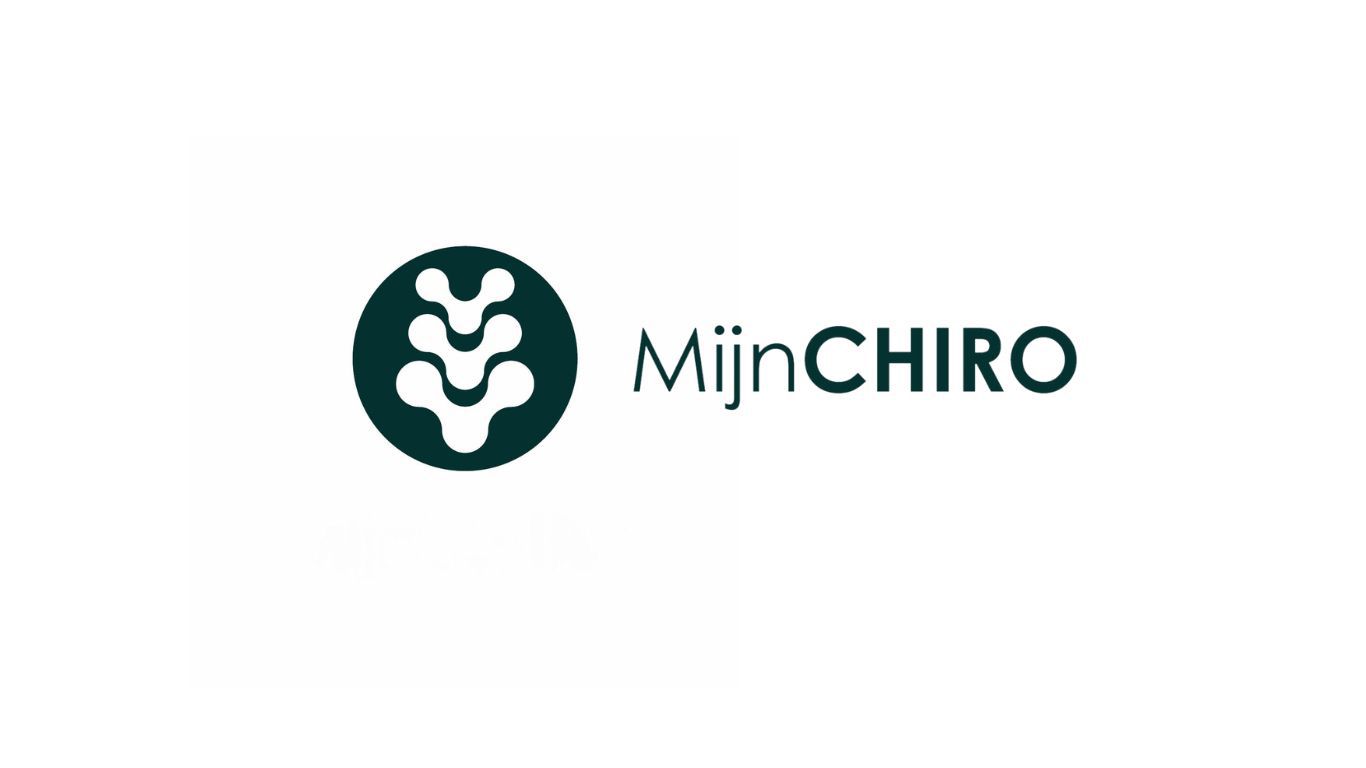Chiropractic Craniopathy: Understanding the Link Between the Skull and Spinal Health
- Adam Cullinan

- Mar 25
- 2 min read
Updated: Jul 1
Introduction
Chiropractic craniopathy is a specialized branch of chiropractic care that focuses on the relationship between the skull (cranium), spine, and nervous system. While traditional chiropractic techniques primarily address spinal misalignments, craniopathy expands this approach by recognizing the skull’s influence on overall body function.
The human skull is composed of 22 bones, which, contrary to popular belief, are not completely fixed. They are connected by sutures—fibrous joints that allow for subtle movement. These slight movements play a crucial role in cerebrospinal fluid circulation, brain function, and overall neurological health. When these movements are restricted due to trauma, stress, or misalignments, they can lead to a wide range of health issues.
The Science Behind Craniopathy
Chiropractic craniopathy is based on the principle that the skull, spine, and sacrum form a dynamic system affecting the body's nervous and musculoskeletal health. This concept aligns with cranial osteopathy and craniosacral therapy, but craniopathy is unique in its chiropractic application, often used to complement spinal adjustments.
Key aspects of craniopathy include:
Cranial Motion and Cerebrospinal Fluid FlowSubtle cranial movements help pump cerebrospinal fluid (CSF), which is essential for detoxifying the brain and delivering nutrients to the central nervous system. Restrictions in cranial motion can impair this flow, leading to symptoms like headaches, brain fog, and fatigue.
Sutural Restrictions and Nervous System ImbalanceWhen cranial bones become restricted or misaligned, they can place pressure on nerves and disrupt the autonomic nervous system. This may contribute to issues such as migraines, TMJ dysfunction, dizziness, and even postural imbalances.
Cranial-Spinal ConnectionThe skull is directly connected to the upper cervical spine (C1 and C2 vertebrae). Misalignments in this region can impact balance, coordination, and neurological function, sometimes leading to chronic pain or systemic dysfunction.
Conditions That May Benefit from Chiropractic Craniopathy
Chiropractic craniopathy is often used to address conditions that involve both structural and neurological components, including:
Headaches and Migraines
Temporomandibular Joint (TMJ) Dysfunction
Vertigo and Dizziness
Post-Concussion Syndrome
Developmental and Learning Disorders in Children
Sleep Disorders
Chronic Neck and Back Pain
How Chiropractic Craniopathy Works
A craniopathy session typically involves a detailed assessment of cranial motion and spinal alignment, followed by gentle, precise adjustments. Techniques may include:
Cranial Manipulation – Light pressure applied to specific skull bones to restore movement and relieve tension.
Sacral and Spinal Adjustments – Addressing misalignments in the cervical and sacral spine to support cranial function.
Neurological Integration – Stimulating nerve pathways to improve brain-body communication.
Conclusion
Chiropractic craniopathy offers a holistic, non-invasive approach to health, focusing on the intricate relationship between the cranium, spine, and nervous system. By restoring balance in these structures, it can help alleviate chronic conditions, enhance neurological function, and improve overall well-being.
For those experiencing unexplained symptoms related to headaches, balance, or nervous system dysfunction, chiropractic craniopathy may provide an effective and natural solution.
By: Adam Cullinan -Chiropractor at MijnCHIRO

